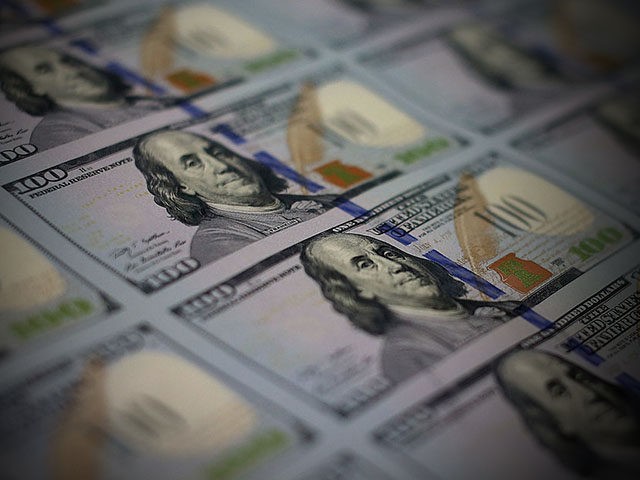The U.S. manufacturing sector is getting battered by high levels of inflation of the costs of inputs that businesses are struggling to pass on to consumers.
The prices of materials and components used by manufacturers rose in May by 2.4 percent compared with April, a blazing hot level of inflation rarely experienced before the current bout of rising prices.
The index for materials and components rose by 2.7 percent in June of 2008 but quickly plummeted. Prior to that, you have to go all the way back to December of 1979 to find monthly inflation numbers for factory inputs running higher than two percent.
This is the third consecutive month of materials and components inflation above two percent. It would be the fifth consecutive month except for a tiny tip to 1.94226 percent in February.
The last time we had five or more consecutive months of this index running at two percent or more was all the way back in the Nixon administration when it ran above 2 percent from December 1973 until August 1974.
Costs are rising for food manufacturers, nondurable goods makers, and especially durable goods manufacturers. Materials for durable goods rose 4.3 percent in May, 8.7 percent in April, and 7.7 percent in March. These have run above two percent since December. Never before have prices risen more than 4 percent for three months running. The 8.7 per jump was the highest ever recorded and the 7.7 percent was the second highest.
The prices manufacturers are paying to market their goods are also escalating, rising by 0.8 percent in April and 1.7 percent in May. Shipping prices for manufacturers rose 2 percent in May, 0.6 percent in April, and 1.4 percent in March.
The manufacturers have passed on only some of these higher costs. U.S. businesses were raised prices of durable consumer goods 0.8 percent in May and April following a 0.5 percent rise in March.
Prices of materials and components were battered last year by the pandemic but they were actually falling for most of 2019 after peaking in October 2018. Because of the earlier dips, the year-over-year figures are jaw-dropping. Compared with May 2020, the index for all materials and components for manufacturing is up 21.4 percent. The index for durable goods materials is up 44.1 percent.
These numbers come from the Department of Labor’s Producer Price Index, which includes only domestically produced materials and components. It also includes materials and components exported to foreign manufacturers.

No comments:
Post a Comment